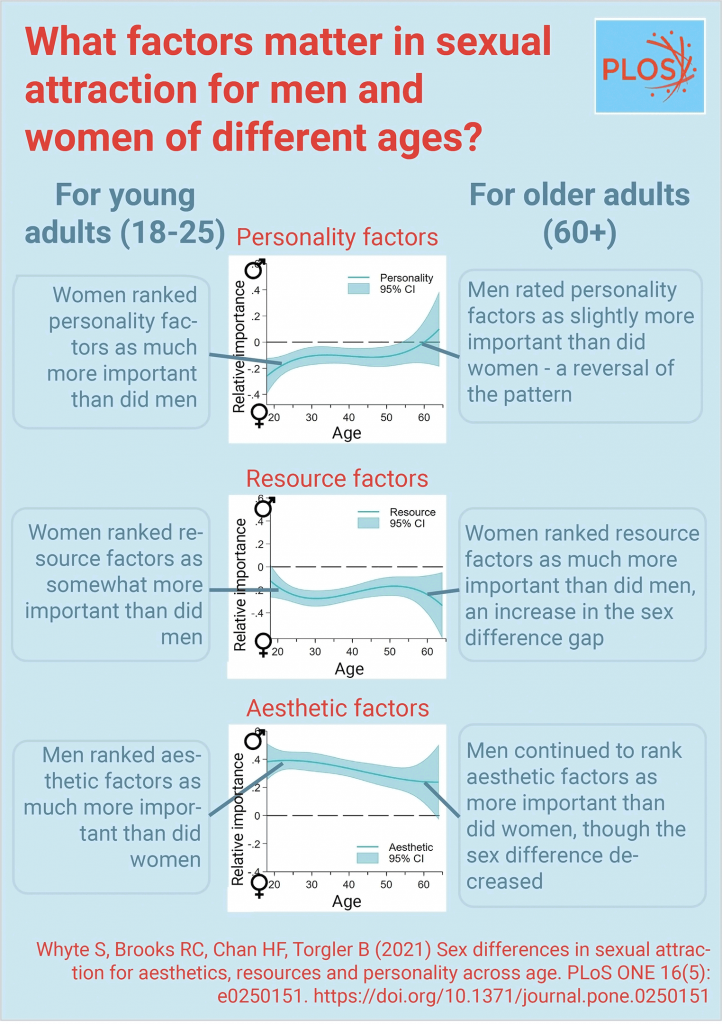Gendered Language and Male Attractiveness
Beauty standards and societal norms often dictate the appropriate language used to describe physical attractiveness. However, as views evolve, so too does acceptable vocabulary. This multi-part series explores the historical and current use of descriptive terms for male attractiveness, analyzing shifting perspectives and implications.
Appreciating Male Beauty
Completely normal. People, back in the day, used to also call females handsome. It isn’t used too much anymore but calling a man beautiful is normal. I have not ever called a straight guy “pretty.” I have, however, called my boyfriends handsome or beautiful. Men can be beautiful. Beautiful men make my heart beat faster. They make it hard to look away or think or talk. Handsome men make me want to know them better. I can imagine myself kissing them. A well built handsome man makes me imagine him taking his shirt off. Yum!

Evolving Gender Norms
As societal norms have progressed to allow greater fluidity in gender expression, acceptable language for describing physical attractiveness has also expanded. What was once considered appropriate for only one gender is now applied to both. Handsome and good looking remain commonly used terms for appealing males. Beautiful, while still more strongly associated with femininity, is increasingly accepted when describing males that a woman finds aesthetically or emotionally pleasing. Words like pretty, once solely a feminine descriptor, now occasionally applied to males in a complimentary way by open-minded individuals. Overall, a shift toward inclusive language reflects a societal prioritization of individuals over outdated gender norms.
The Power of Words
Language wields immense power in shaping perceptions and behaviors. Called “pretty” or “beautiful,” a man may feel emasculated or that his masculinity is being challenged. Especially for heterosexual males adhering to traditional norms, such terms could promote feelings of inadequacy or weakness. Conversely, being openly appreciated for one’s beauty may help counter restrictive definitions of masculinity and promote acceptance of diverse expressions thereof. Positive and inclusive language allows individuals flexibility to define themselves beyond socially imposed boxes. A balance must be found between dated prohibitions and whole-hearted acceptance of one’s full humanity.
Moving past Restrictive Norms
Of course, not all change happens overnight. Many hold firmly to tradition despite its restrictive nature. Describing a man as beautiful remains unacceptable in more conservative circles. ** Masculinity and physical appeal continue to strongly associate with labels like handsome and good looking.** While progress has been made, entrenched views linger. Younger generations lead the way in redefining gendered language. Exposure to diversity helps shift perspectives. With open-mindedness and understanding, damaging social stigmas can loosen their hold. Overall, expanded vocabulary allows individuals freedom from confining norms and appreciation for their full humanity beyond gender.
Expressing Attraction and Appreciation
For romantic partners, language plays a key role in emotional intimacy and physical attraction. Calling a boyfriend beautiful indicates genuine care, appreciation and affection. Within committed relationships, terms like beautiful naturally develop affectionate meanings beyond gender. Physical attraction involves visual and sensual elements. Describing what one finds aesthetically pleasing in a loving partner promotes healthy attitudes. Of course, new relationships require discerning what language will be positively received based on an individual’s comfort levels. Open communication helps establish understanding and prevents unintended offense. Overall, among caring partners, vocabulary should empower, not restrict, expression of deep emotions.
Looking Toward the Future
How society continues to progress on issues of gender, identity and relationships remains uncertain. But examining history provides perspective on how far cultural views have come. With persistence and understanding, narrow conceptions of masculinity and femininity will likely further expand. Younger generations display a heartening willingness to redefine restrictive norms. As open-mindedness grows, so too does acceptance of human complexity and diversity. Language plays a role in this evolution by reflecting and shaping thought. Overall, moving past outdated social rules allows people freedom to appreciate and love others for who they truly are beyond superficial labels. A future of inclusive self-expression seems hopeful.
